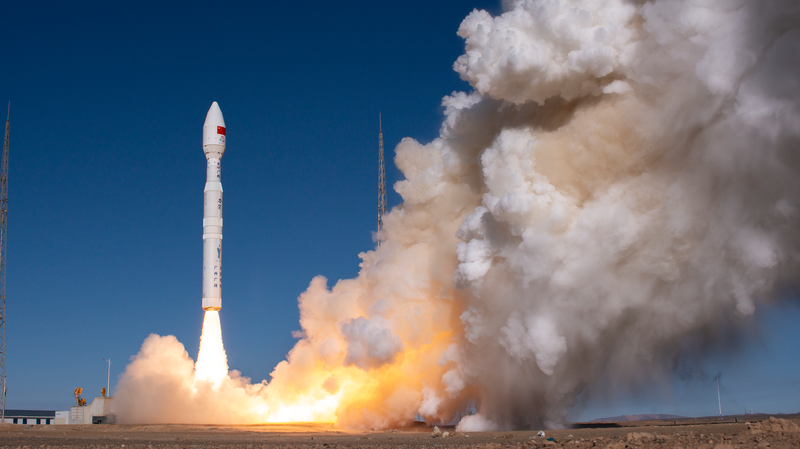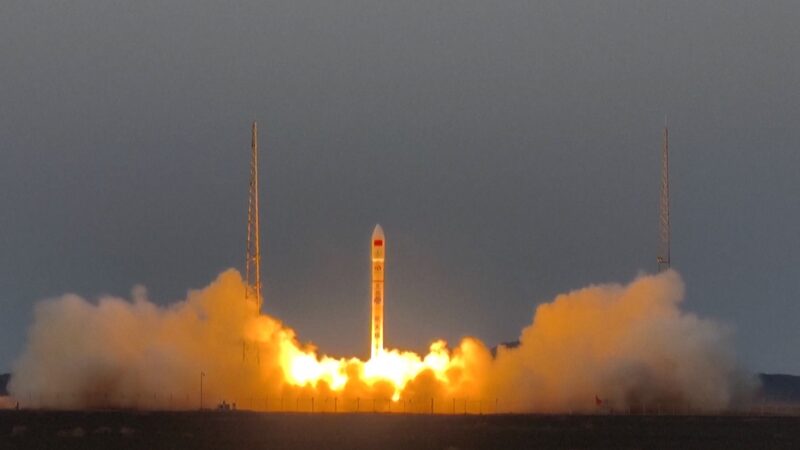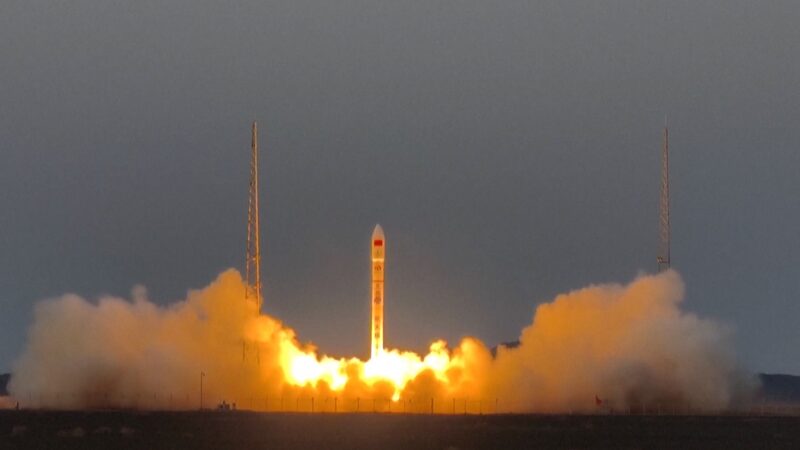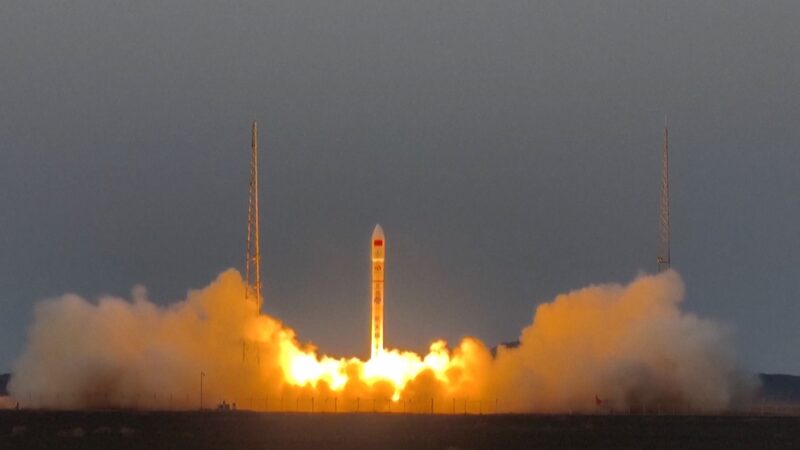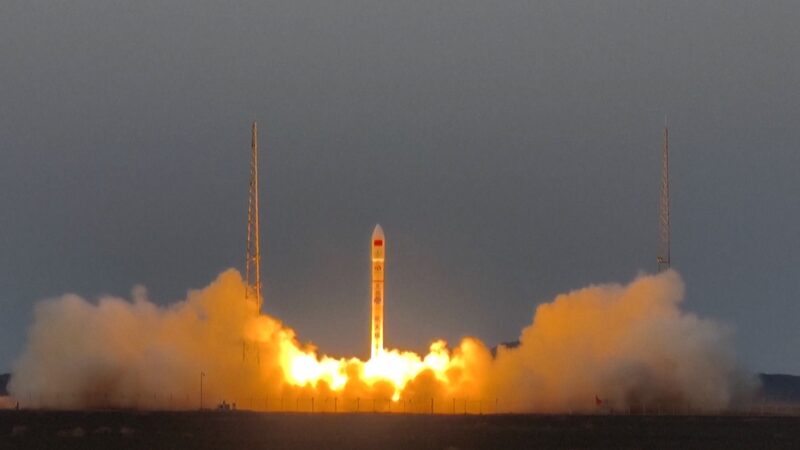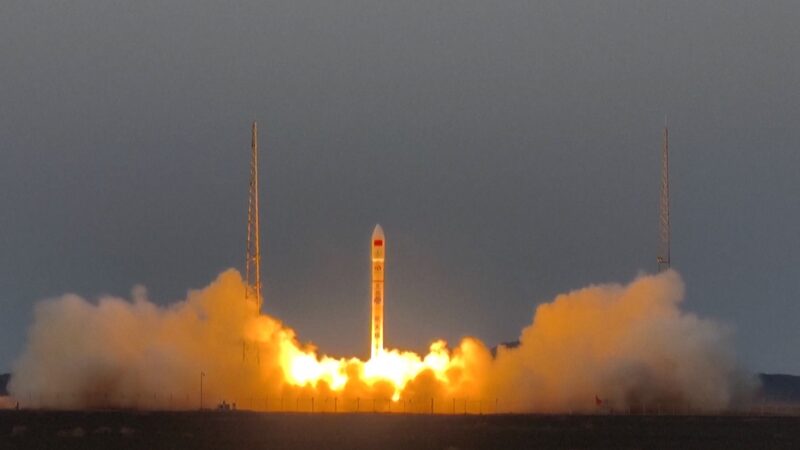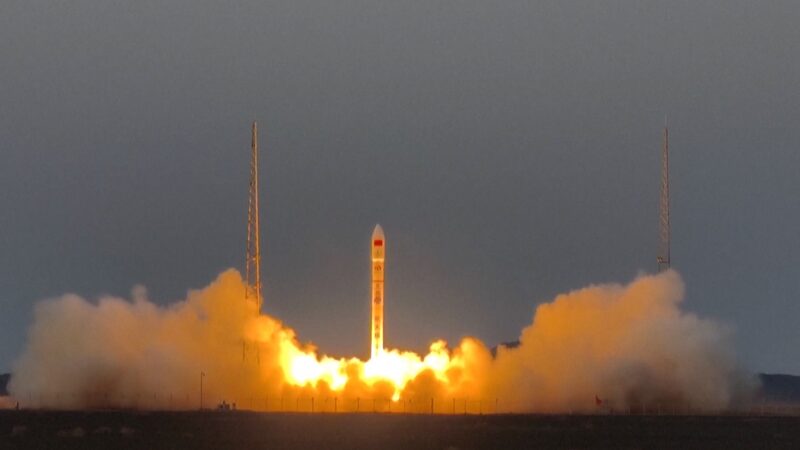China marked another milestone in its rapidly advancing space program with the successful launch of the Lijian-1 Y9 carrier rocket on Sunday. The rocket, carrying two technical experiment satellites, lifted off at 11:32 a.m. Beijing Time from the Dongfeng commercial space innovation pilot zone near the Jiuquan Satellite Launch Center in northwest China.
A New Step in Commercial Space Ambitions
The launch underscores China’s growing capabilities in the global commercial space sector. The satellites were deployed into their planned orbit, though specific details about their technical functions remain undisclosed. Analysts suggest the mission could support advancements in Earth observation, communications, or experimental technologies critical to future space exploration.
Strategic Location and Global Implications
The Dongfeng zone, part of China’s push to develop commercial aerospace hubs, highlights the nation’s strategy to blend state-led and private-sector innovation. This launch follows recent efforts by Asian economies like India and Japan to expand their space footprints, signaling intensified regional competition in satellite deployment and space research.
What This Means for Observers
For investors, the mission reinforces China’s position as a key player in the $400 billion global space economy. Academics and policymakers will monitor how such advancements align with broader goals in scientific collaboration and sustainable development. Meanwhile, Asian diaspora communities and tech enthusiasts worldwide may view this as a symbol of homegrown innovation shaping global narratives.
Reference(s):
cgtn.com
